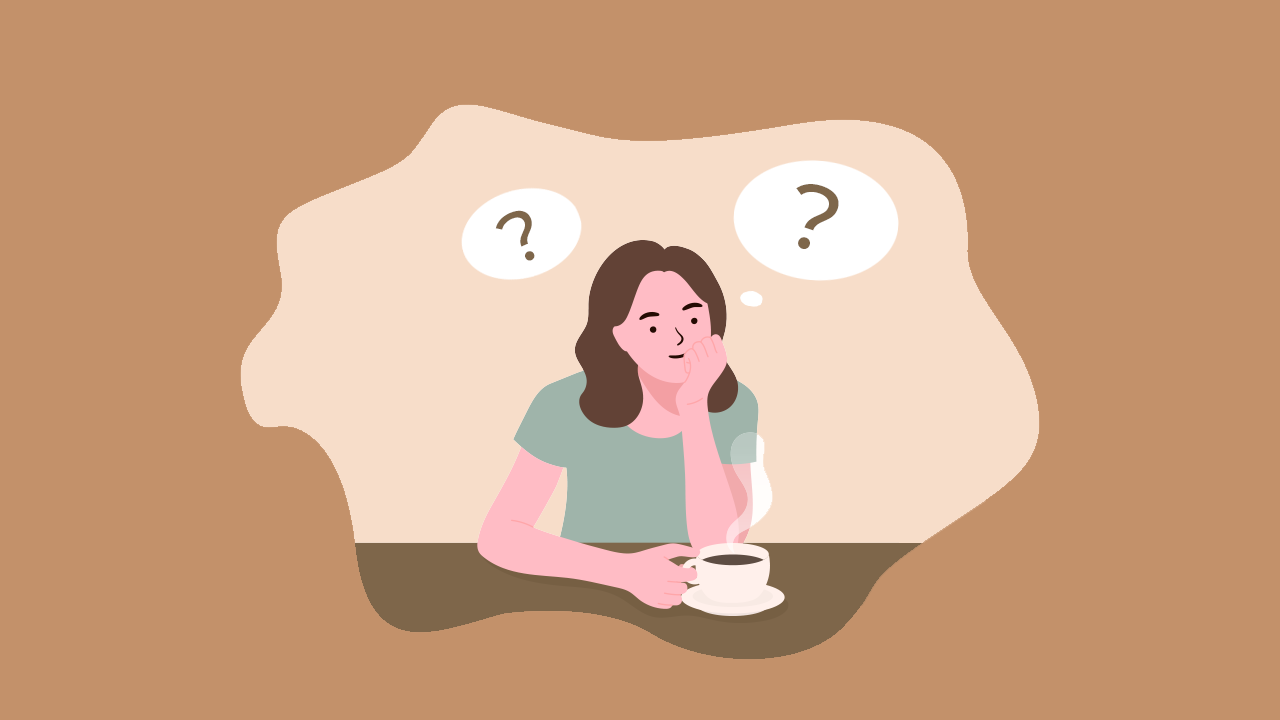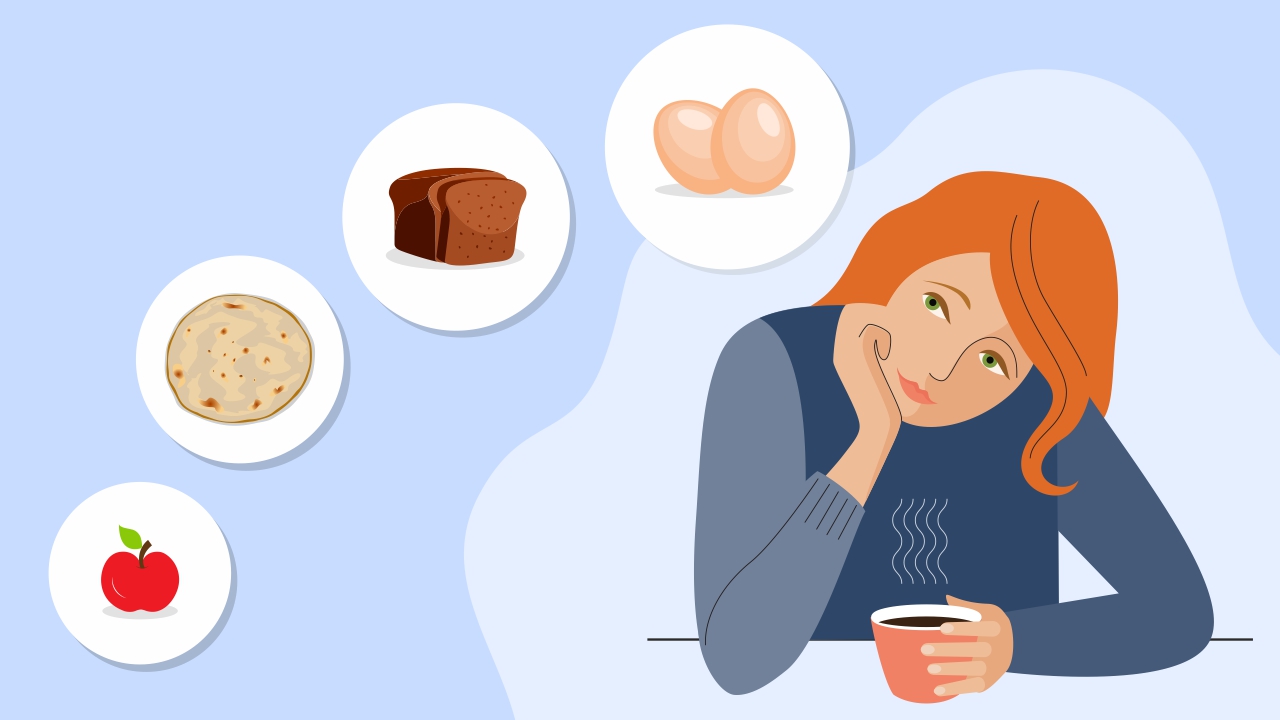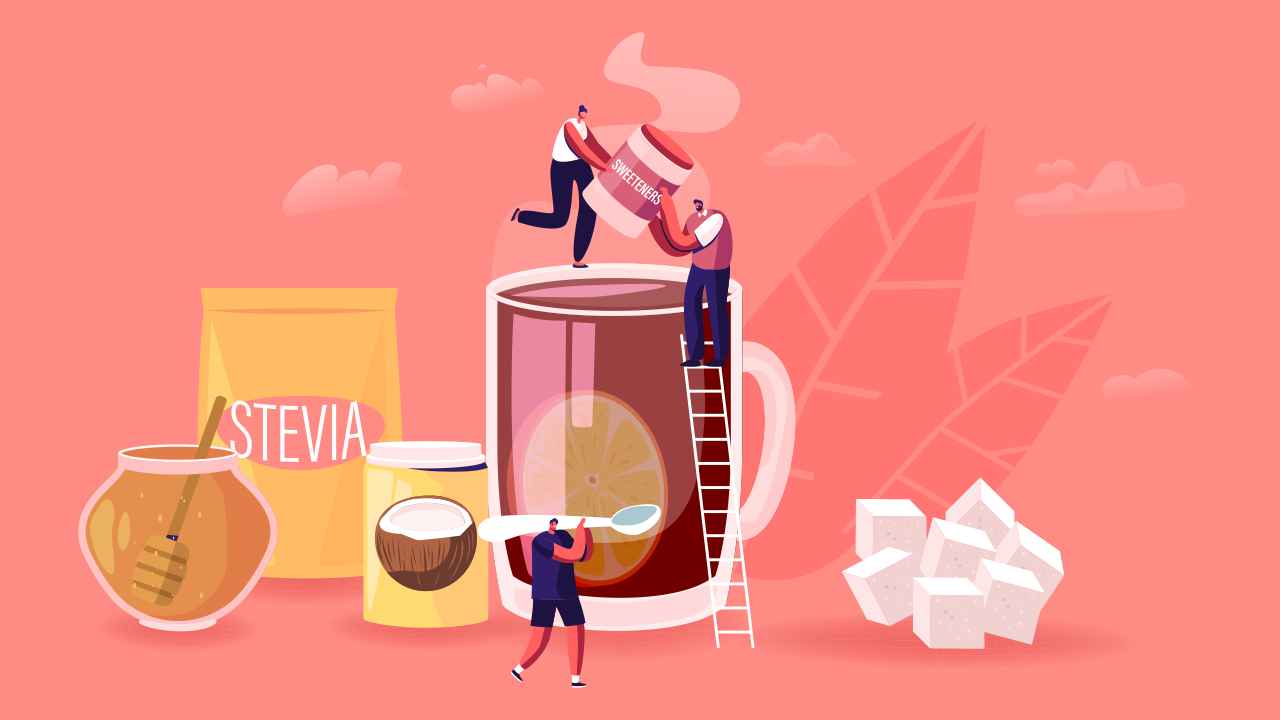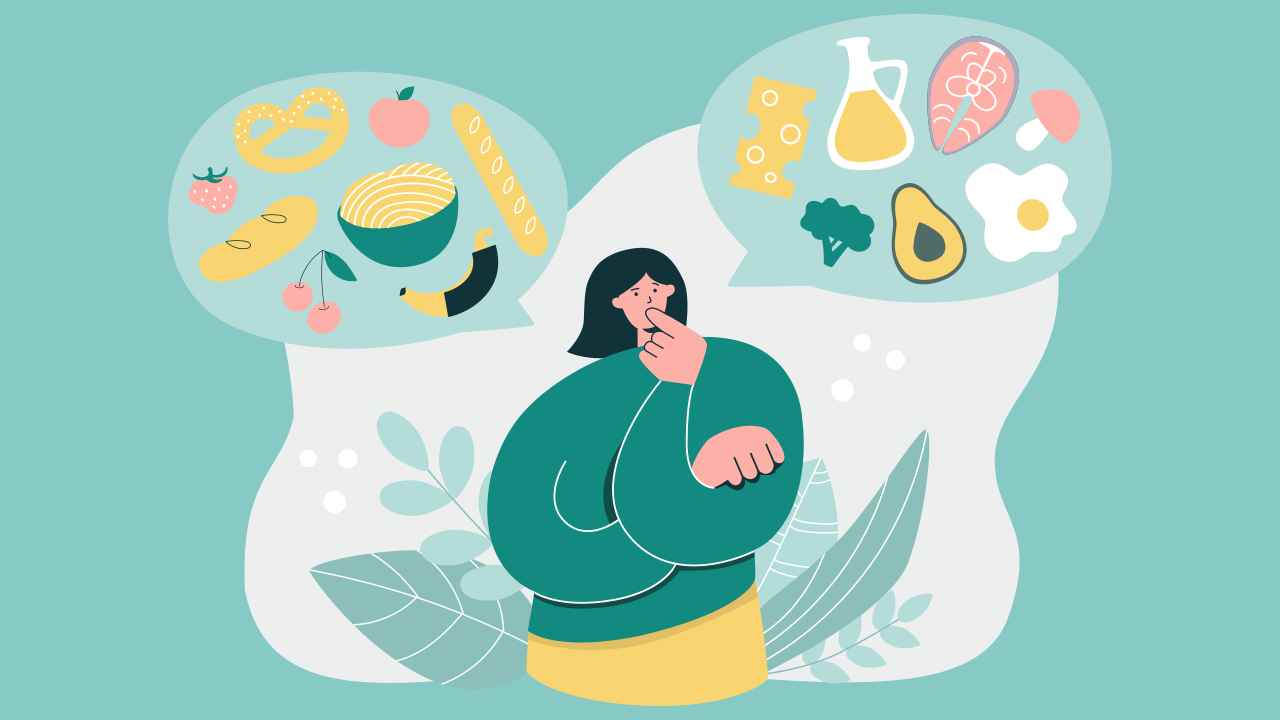
How to Avoid Sugar in Your Food?
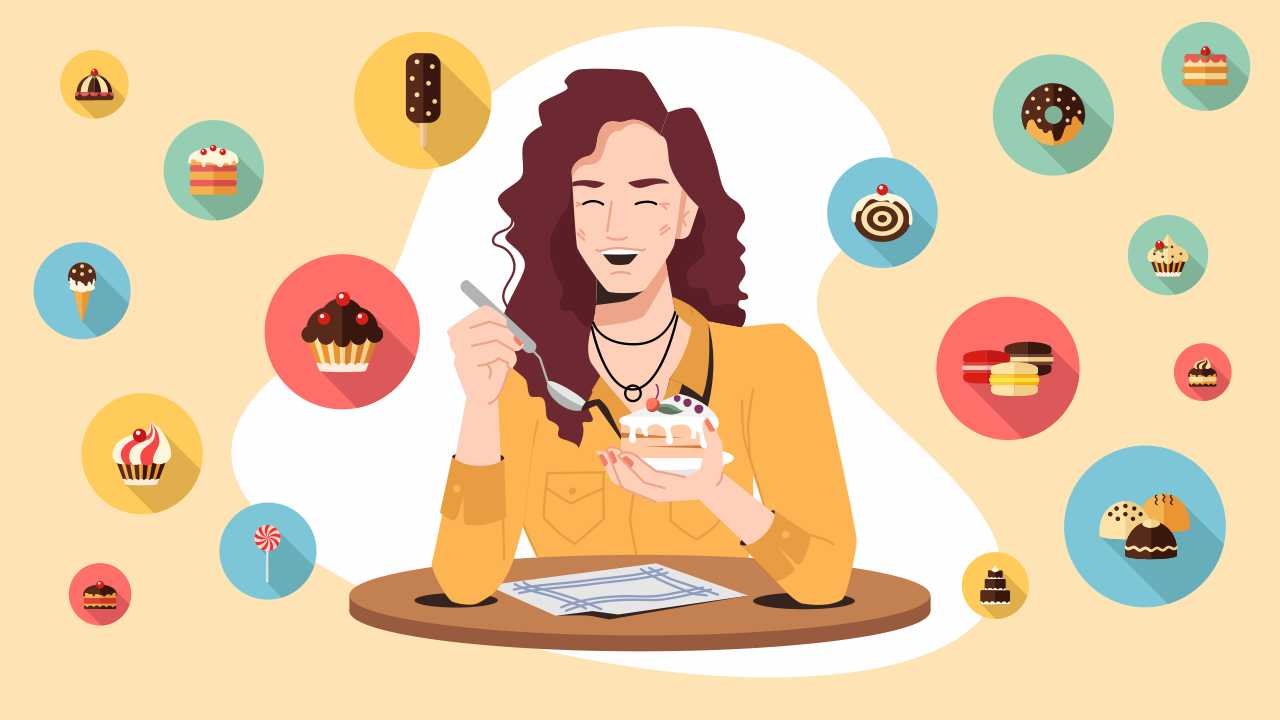
Sugar has an unsavory reputation when it comes to health and diet. But before we get carried away, it’s important to remember that it’s only added sugar that is a problem. Sugar occurs naturally in foods containing carbohydrates as well, and can be consumed without guilt in the form of vegetables, fruits, grains, etc. These plant-based sources are equally rich in fiber, antioxidants, and minerals, and do not spike your blood sugar drastically as foods with added sugars do.
The problem lies with food items that have added sugar in them, such as cake, cookies, candies, soft drinks, flavored drinks, energy drinks. Some items that don’t taste sweet may also contain added sugar — think ketchup, cured meat, or packaged soups.
Consuming sugar in this form affects your blood sugar levels. It may contribute to the development of heart disease, obesity, and diabetes through increased weight gain, chronic inflammation, and blood pressure. To put it simply, the greater the intake of added sugar, the more the risk of diseases may be.
The American Heart Association suggests limiting sugar intake to only 25g or six teaspoons a day, while currently, most of us may be consuming over 10 teaspoons per day, according to research published in 2015
So, how do we not fall prey to added sugar? Here’s a list of strategies you can use to understand how to avoid sugar in your food.
Say no to sugary beverages
The recommended dietary allowance of sugar is less than 25g, and only one serving of soft drink may contain up to 40g-70g of sugar which is more than double of a day’s allowance. Consumption of sugar via fluids may contribute excessively to weight gain by suppressing your appetite. Most sugary beverages are composed of as much as 45% sugar, and even some fruit juices, pre-packed smoothies, and diet drinks have large amounts of sugar added to them. When you consume sugar via drinks, your body reacts differently. Calories from liquids aren’t as satisfying as solids, and therefore may lead you to consume even more of that beverage.
Here are some healthier options with minimal or no added sugar: water, sparkling water, tea, herbal tea, fruit tea, coffee. These drinks contain much less sugar and it is completely up to you to avoid or add more sugar to them.
Choose whole foods over refined foods
Whole foods do not undergo as much processing as refined foods, hence, there are little to no additives in them. Refined foods, on the other hand, are loaded with salt, sugar, food colors, preservatives etc to give them a longer shelf-life. Soft drinks, pizzas, pastries, and cakes are some examples of heavily processed foods. Pasta sauces and syrups too are on the list.
What are the whole foods you can replace these things with?
- Fruits and vegetables instead of candy and cakes
- Whole grains instead of refined grains when possible
- Homemade granola instead of breakfast bars
- Berries, yogurt, frozen fruits instead of chocolates, and smoothies
Say no to canned foods
People prefer having canned foods due to the easy availability and accessibility. But these foods are loaded with sugar, salt, preservatives, flavor enhancers etc.
Just in case you don’t have any alternative but to use canned foods, you can go for the ones labeled with “zero added sugar”. One more way to avoid consuming additives is to rinse the canned foods to remove the additives from them as much as possible.
Always read nutrition labels
Ultra-processed foods do not taste exactly like their ingredients. You can’t spot sugar in these foods by just tasting them. It is hidden along with numerous other ingredients. So, pay attention to the nutrition label on the back and read it carefully. The best way to know is to check the position of the sugar on the label because the ingredients are listed according to amounts used in descending order.
Look for the following ingredients on the food label for added sugar:
- Malt sugar
- Molasses
- Corn syrup
- Brown sugar
- Fruit juice concentrates
- HFCS or high fructose corn syrup
- Invert sugar
- Corn sweetener
- Syrup sugar
- Honey
Plan your meals with a combination of protein and fat sources
Protein and fat intake are very important for you to feel satiated or full after your meals. Protein and healthy fat help in preventing blood sugar spikes and reducing the rate of gastric emptying, keeping you fuller for longer. If you are satisfied and satiated with your meals, there is less likelihood of you craving sugary foods.
Use natural sweeteners
With sugar, the more you consume it, the more tolerance and cravings you develop. It is better to nip it in the bud and choose alternatives to added sugar such as dried fruits like dates, figs and apricots. These are packed in sweetness along with essential micronutrients and fiber.
Some people tend to resort to artificial sweeteners to replace sugar, but you need to keep a check on the amount of these sweeteners and use them only occasionally. One should not get habituated to using alternatives such as sucralose, xylitol, etc. due to the following reasons:
- You might replace the lost calories with other foods when you consume these sweeteners. For instance, you might think it alright to have a piece of cake because you took stevia in all your beverages.
- Due to their intense taste, there might be an overstimulation of taste buds, limiting tolerance for other tastes in your meal.
- The same overstimulation might lead you to find foods with a mild sweet taste, like fruits, uninteresting.
- It might lead you to choose sweet foods over anything else due to a correlation of zero calories with this sweetness. Eventually, that will bring the same outcome you were trying to prevent by cutting out sugar.
Watch your sleep
Good sleep is deeply related to your eating habits. Lack of sleep also elevates your hunger, leads to cravings, and affects your food choices. Your decision-making skills are severely affected by the lack of sleep. Eventually, it leads to bad eating habits and uncontrolled overconsumption of high-calorie, salty and sweet foods. A study reports that your caloric consumption is inversely related to the quality of sleep. To sum it up, going to bed early and having quality sleep will help you manage a better dietary pattern and cut down on sugary foods.
Tweak your breakfast options
Breakfast bars, ultra-processed cereals, etc. have been trending as breakfast options for a while. But if you look at their food labels, you’ll know that you may be consuming loads of additives. Here’s a list of food items you can incorporate into your diet to cut down on extra sugar:
- Nuts and seeds – A handful in the morning
- Fruits and vegetables – In the form of homemade smoothies or salads
- Trail mix – Prepared at home using dried fruits, nuts, seeds, etc.
- Oatmeal – Prepared with yoghurt, berries, dried fruits etc.
Toss the table sugar away
Keeping it in plain sight will encourage you to add sugar to your daily beverages such as tea, coffee, etc. Also, it is advisable to not keep honey, syrups and sugar spreads on your breakfast table. This could help you cut your sugar consumption by about 50%.
Take full-fat alternatives
At times, we reach for low-fat foods because the mere thought of consuming fat makes us think that we’ll gain more weight. However, low-fat alternatives are often laden with sugar as compared to their full-fat counterparts. In fact, the information collected by the USDA, suggests that the amount of sugar is higher in the low-fat (reduced-calorie version) and non-fat than regular full-fat versions.
Also read: Healthy Eating Habits: How to Get Them Right
Remember that sugar in small amounts and as part of a healthy well-balanced diet is acceptable. Moreover, you would be able to enjoy your favorite foods and yet prevent health complications if you learn how to avoid sugar in your food.
References
1. Dasgupta R, Pillai R, Kumar R, et al. Sugar, salt, fat, and chronic disease epidemic in India: is there need for policy interventions? Indian J Community Med 2015; 40: 71-4.
2. Nguyen PK, Lin S, Heidenreich P. A systematic comparison of sugar content in low-fat vs regular versions of food. Nutr Diabetes 2016; 6: e193.
3. The sweet danger of sugar. Harvard Health Publishing. 2019; published online Nov 5. https://www.health.harvard.edu/heart-health/the-sweet-danger-of-sugar#:~:text=Over%20time%2C%20this%20can%20lead,pathological%20pathways%20to%20heart%20disease (accessed May 6, 2021).


